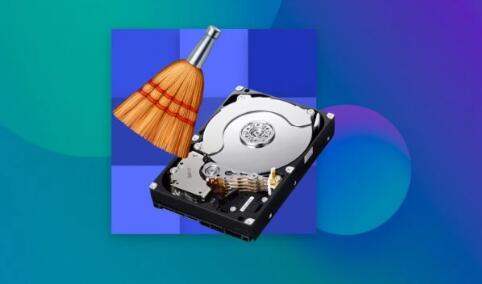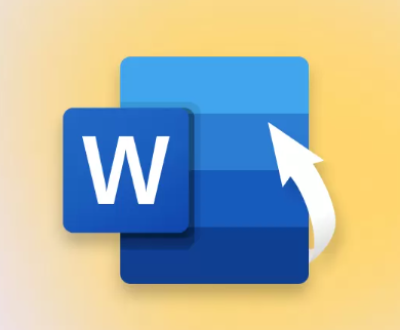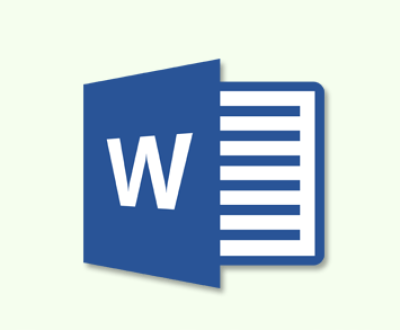When you’re dealing with lost or missing partitions on your hard drive, it can be an unsettling experience. Whether caused by accidental deletion, a system crash, or a corruption of the partition table, the prospect of losing valuable data can be alarming. Thankfully, there are solutions available that can help you recover those lost partitions, and one of the most widely used tools for this purpose is Recuva.
Panda Assistant
Free download of data recovery software Panda Assistant, cheap in price and with no inferior features, more reliable and practical than some big brands, simple in operation, capable of recovering various hardware USB drives, hard drives, SD cards, files, and formats.

Before diving into the recovery process, it’s essential to understand what a partition is. A partition is a logical division of a physical hard drive or storage device. It allows your operating system to treat different sections of the drive as separate entities, which can make it easier to organize and manage data. Partitions can be used to separate system files from user data, install multiple operating systems, or manage different types of data more efficiently.
When you lose a partition, it typically means that the partition table (which stores the information about the structure and layout of your drive) has been corrupted or deleted. Without this table, your operating system can no longer access the partition, making it seem like it has vanished entirely. However, with the right recovery tools, including Recuva, it’s often possible to restore the partition and recover your data.
Why Use Recuva for Partition Recovery?
While Recuva is commonly used for file recovery, it can also help recover lost partitions. The reason for this is that the software can scan your drive for residual data that may still exist on the disk, even after a partition has been deleted or corrupted. Recuva scans the entire drive for traces of deleted partitions, which can then be restored. Unlike some other partition recovery tools, Recuva is user-friendly and doesn’t require a deep understanding of disk structures to use effectively.
Additionally, Recuva has the advantage of offering a free version with basic features, making it accessible to users who are trying to recover their partitions without a significant investment in software. However, there is also a professional version that offers enhanced features, such as support for virtual hard drives and advanced recovery options.
Prerequisites for Using Recuva
Before attempting partition recovery with Recuva, ensure the following prerequisites are met:
Recuva Installation: Download and install the Recuva software on a separate drive or partition (not the one you are trying to recover data from).
Backup: If possible, make a backup of any important data from the remaining partitions on your drive. This helps prevent further data loss during the recovery process.
External Storage Device: If you are recovering large amounts of data, you should have an external hard drive or USB drive ready to store the recovered files.
The Affected Disk: Make sure the disk with the lost partition is connected to your computer.
Step-by-Step Guide to Using Recuva for Finding Lost Partitions
Step 1: Launch Recuva
Once you’ve installed Recuva, launch the program. When you first open the application, you’ll be presented with a wizard that guides you through the recovery process. The wizard is easy to use and will ask you a few basic questions about the type of data you’re looking to recover and where it’s located. Since you’re recovering a partition, you will be focusing more on the “Advanced” options in Recuva.
Step 2: Choose the Type of Files to Recover
In the first screen of the wizard, you’ll be asked to select the type of files you’re attempting to recover. While this is more relevant for file recovery, you can also choose “Other” or “All Files” if you’re uncertain of the specific file types or if you’re looking for a broader scan to detect lost partitions.
Step 3: Select the Location of the Lost Partition
The next screen prompts you to select the location where your lost partition was located. If the partition is on the main hard drive, select the drive letter associated with it. If the partition is on an external drive or a USB device, select the relevant device.
Recuva will attempt to scan the entire drive for any lost partitions or file remnants associated with those partitions. If you’re unsure about the exact location of the lost partition, you can choose “I’m not sure” for Recuva to scan all drives and storage devices connected to your computer.
Step 4: Enable Deep Scan (Optional)
If the quick scan doesn’t find the partition, you can enable the “Deep Scan” option, which will force Recuva to perform a more thorough, slower scan of your drive. This is highly recommended if your partition loss was caused by a corrupted partition table or if the quick scan didn’t yield any results.
Recuva’s deep scan works by analyzing the raw data on the disk, searching for any trace of lost partitions. However, this process can take a significant amount of time, depending on the size of the disk and the extent of the data loss.
Step 5: Scan the Disk
Click “Start” to begin the scanning process. Recuva will now search for any traces of lost partitions on the selected drive. During this process, the software will also attempt to recover individual files if it detects any fragments of deleted data.
As the scan progresses, you’ll see a list of files or partitions found on the disk. These will be marked by a color code that indicates the recovery potential of each item: green (excellent), yellow (recoverable), and red (unrecoverable).
Step 6: Review Found Partitions and Data
Once the scan is complete, Recuva will present a list of files and partitions it has found. If a lost partition is successfully located, it will appear in the list along with any files that were contained within that partition. The list may show the names of files or folders, as well as the status of their recoverability.
At this point, you should focus on identifying the partition you’re trying to recover. If you were unable to locate the partition through the quick scan, enabling the deep scan should significantly increase the chances of success. You can also sort the results based on file types or folder names to make it easier to find specific data.
Step 7: Recover Lost Partition
To recover a partition, simply select it from the list and click “Recover.” Recuva will ask you where you want to save the recovered files or partition. Always choose a different drive or external storage device to avoid overwriting any data on the drive you’re recovering from.
If Recuva is unable to fully recover the partition or if it only recovers partial data, there are a few additional steps you can take. Sometimes, performing a second scan or using a more advanced partition recovery tool might be necessary to fully restore the partition.
Step 8: Check Recovered Files
Once the recovery is complete, go to the location where you saved the recovered files or partition and check the integrity of the data. Open a few files to ensure they are fully accessible and not corrupted. If the partition was restored successfully, you should be able to see all the files and folders as they were before the partition was lost.
Additional Tips for Partition Recovery with Recuva
Use Recuva Regularly: To avoid future data loss, consider using Recuva to regularly back up important files and partitions.
Avoid Writing New Data: After losing a partition, avoid writing new data to the affected drive, as this can overwrite the lost partition and make it more difficult to recover.
Use Advanced Tools: If Recuva doesn’t fully recover your partition, consider using other partition recovery software like TestDisk or EaseUS Partition Recovery. These tools offer more advanced options specifically designed for partition recovery.
Check Disk Health: If partition loss is a recurring issue, it might indicate a failing hard drive. Use a tool like CrystalDiskInfo to check the health of your hard drive and consider replacing it if necessary.
Losing a partition can be a stressful experience, but with the right tools, you can often recover your data. Recuva is one such tool that can help you find and restore lost partitions, even if they were deleted or corrupted. By following the steps outlined in this guide, you should be able to successfully use Recuva to scan for and recover lost partitions on your computer.
While Recuva offers a user-friendly solution for partition recovery, it’s important to remember that no recovery tool is foolproof. In some cases, the data may be too damaged to recover fully, but by using the software carefully and following best practices, you can maximize your chances of successful recovery.
About us and this blog
Panda Assistant is built on the latest data recovery algorithms, ensuring that no file is too damaged, too lost, or too corrupted to be recovered.
Request a free quote
We believe that data recovery shouldn’t be a daunting task. That’s why we’ve designed Panda Assistant to be as easy to use as it is powerful. With a few clicks, you can initiate a scan, preview recoverable files, and restore your data all within a matter of minutes.
Subscribe to our newsletter!
More from our blog
See all postsRecent Posts
- How to recover accidentally deleted files 2025-07-01
- How do i recover a file i accidentally deleted 2025-07-01
- How to recover an accidentally deleted file 2025-07-01

 Try lt Free
Try lt Free Recovery success rate of up to
Recovery success rate of up to









